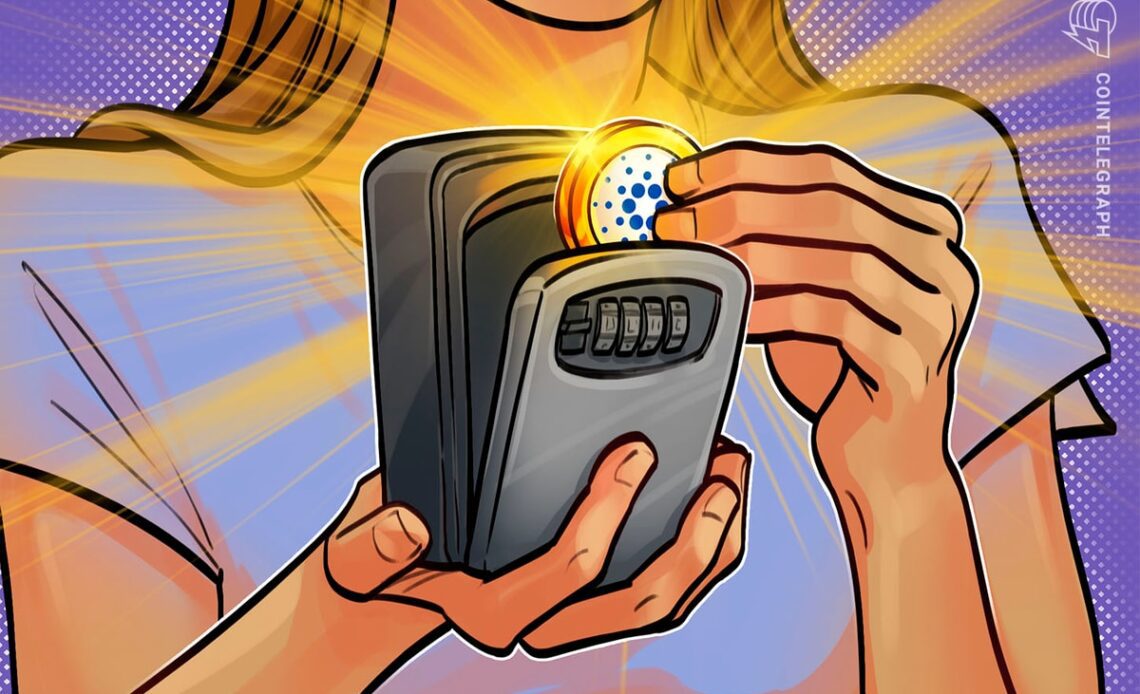Cardano is one of the largest layer-1 blockchain solutions by market capitalization. The project is being driven by Input-Output (a Charles Hoskinson company), Emurgo and the Cardano Foundation. The chain was named after the Italian mathematician Gerolamo Cardano and its token ADA is named after the 19th-century mathematician Ada Lovelace.
Cardano uses Ouroboros, a proof-of-stake (PoS) consensus mechanism where ADA holders can delegate their funds to stake pools. The cumulative stake allows each pool to verify transactions, create blocks and govern the network.
Ouroboros uses cryptography, combinatorics, and mathematical game theory to guarantee the protocol’s integrity, longevity and performance. These validators are paid by the Ouroboros protocol with a fixed pool cost and an optional margin. Ouroboros also directly assigns staking rewards to all delegators.
Combinatorics is the study of counting and arrangements, while mathematical game theory analyzes strategic interactions between rational decision-makers.
Staking allows ADA holders that do not have the skills or desire to run a node to participate in the network and be rewarded in proportion to the amount of stake delegated. Staking pools are a solution for users who want to stake their tokens onto their respective blockchains but do not necessarily play the role of validators on the network.
This article breaks down the steps involved in staking ADA in a self-custodial wallet, the tools needed and the rewards available for the users.
What are self-custodial wallets?
Self-custody is a method to hold cryptocurrencies or nonfungible token (NFT) assets in a wallet that only the user typically can access and control. The alternative option is to hold these assets on centralized exchanges where the users are exposed to counterparty risks if the exchange fails.
Nonetheless, most self-custodial wallets still require users to hold on to their private keys. Private keys are necessary for users to maintain control over their crypto assets. Unlike when stored on centralized exchanges, self-custody eliminates counterparty risk. This is why it is generally regarded as an ideal option for Web3 users, especially after the collapse of several exchanges in 2022.
Most layer-1 ecosystems have their native wallet solutions. For instance, Ethereum and ERC-20 assets primarily rely on MetaMask, while many Solana users rely on Phantom wallets.
When Cardano launched in 2017, there was a full-wallet implementation with…
Click Here to Read the Full Original Article at Cointelegraph.com News…
























